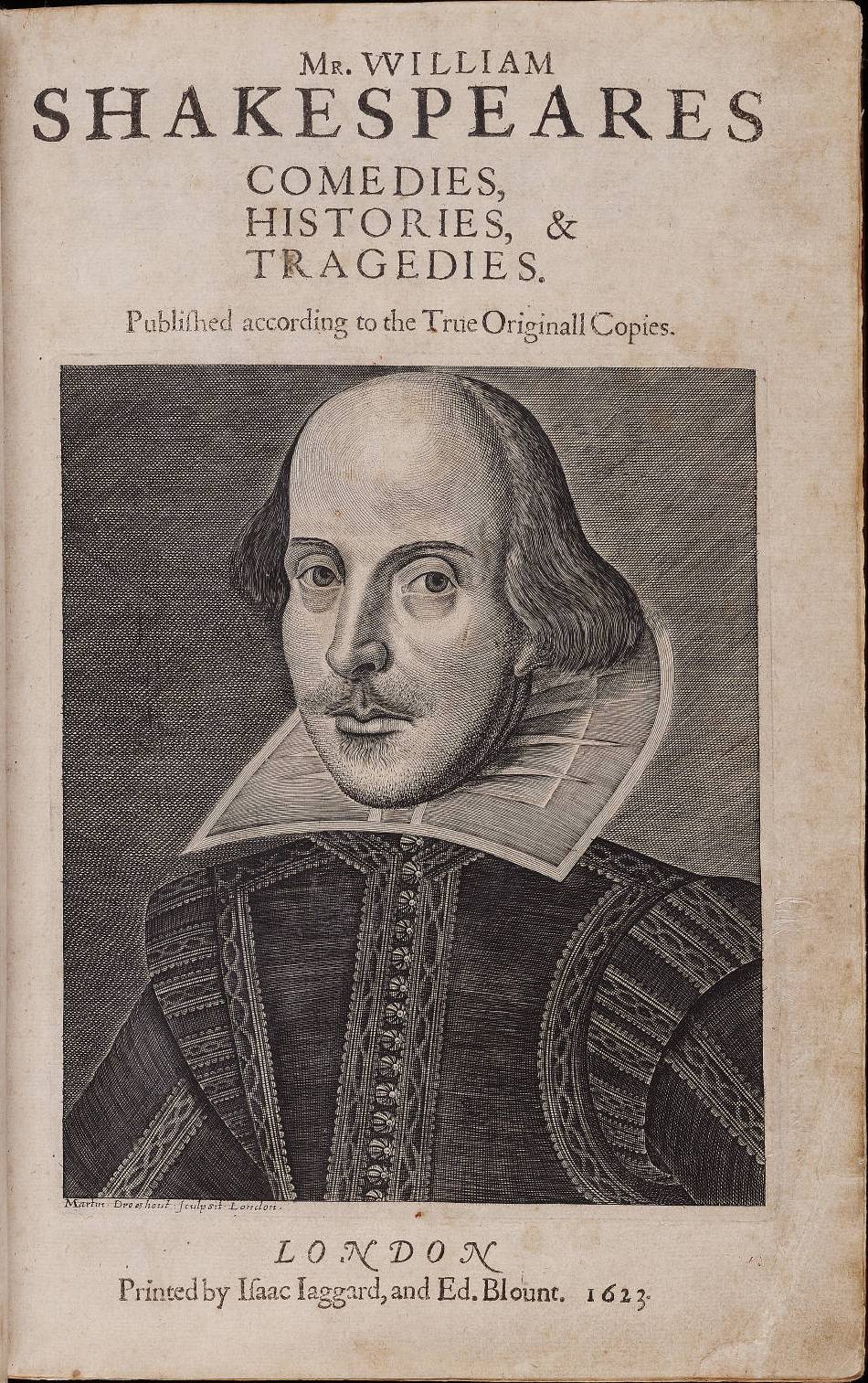How Coram Shakespeare Schools Foundation can benefit teachers as much as students
The Droeshout portrait is a famous engraving of William Shakespeare that appears on the title page of the First Folio, the first collected edition of Shakespeare's plays. It was created by Martin Droeshout, an English artist and engraver of the early 17th century and it might be the image you first think of when you imagine Shakespeare.
The portrait shows Shakespeare in middle age, with a serious expression on his face. He is shown wearing a ruff collar, which was a common item of clothing in Elizabethan England.

Despite its fame, the Droeshout portrait has long been a subject of controversy and debate among Shakespeare scholars. Many have questioned the accuracy and authenticity of the portrait, suggesting it doesn’t accurately depict Shakespeare's appearance. Some have even suggested that the portrait was not created by the commonly accepted Droeshout at all, but rather by his uncle, also called Martin, who was known to be an engraver too. However, the portrait was endorsed as a good likeness by Ben Jonson, a friend of Shakespeare’s and a notable playwright and poet in his own right. Jonson does note in his writings, though, that the portrait couldn’t quite capture Shakespeare’s “wit”.
Despite these debates and the reservations that some still hold, the Droeshout portrait remains an important and influential image of Shakespeare. It’s been widely reproduced and is recognised internationally as a symbol of the playwright and his enduring legacy. Whether or not it accurately depicts Shakespeare's appearance, it serves as a powerful reminder of the enduring impact of his work and the enduring fascination with his life and career.
Now you can discover Shakespeare for yourself, with a Coram Shakespeare Schools Foundation workshop. Read more here.

